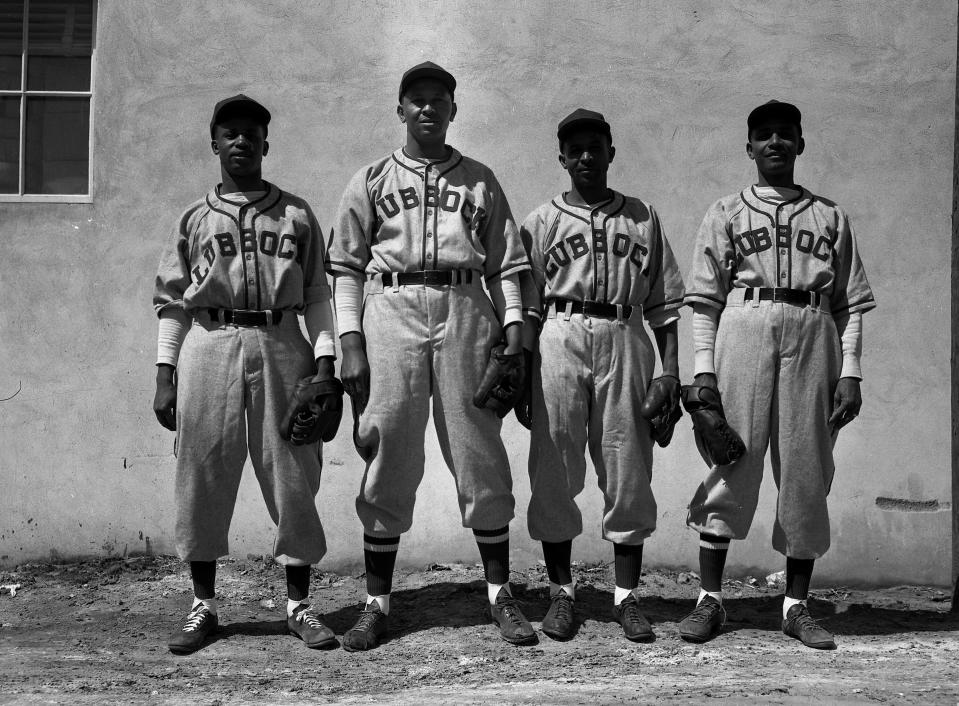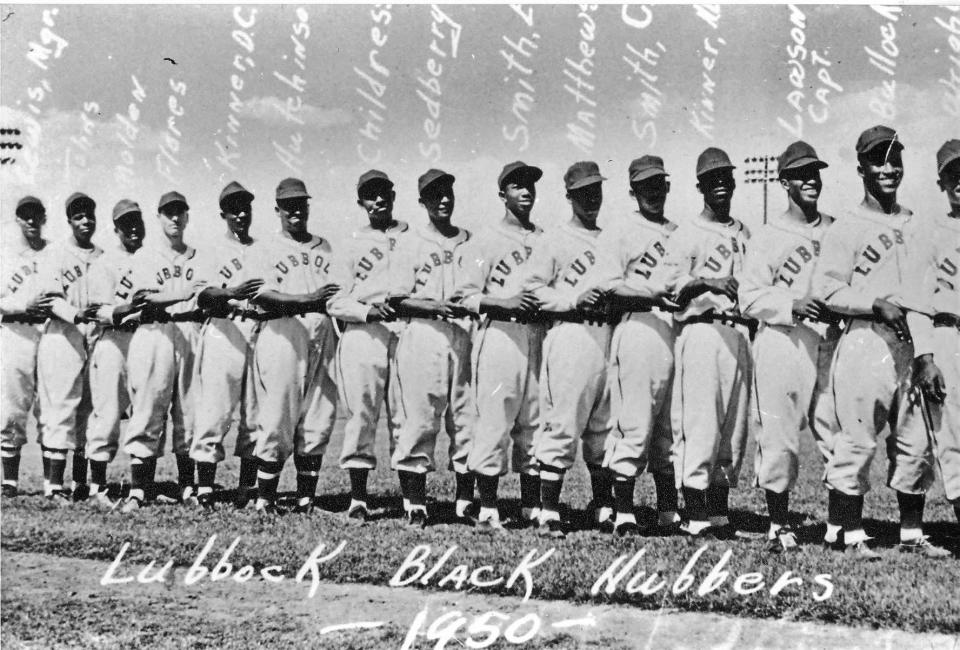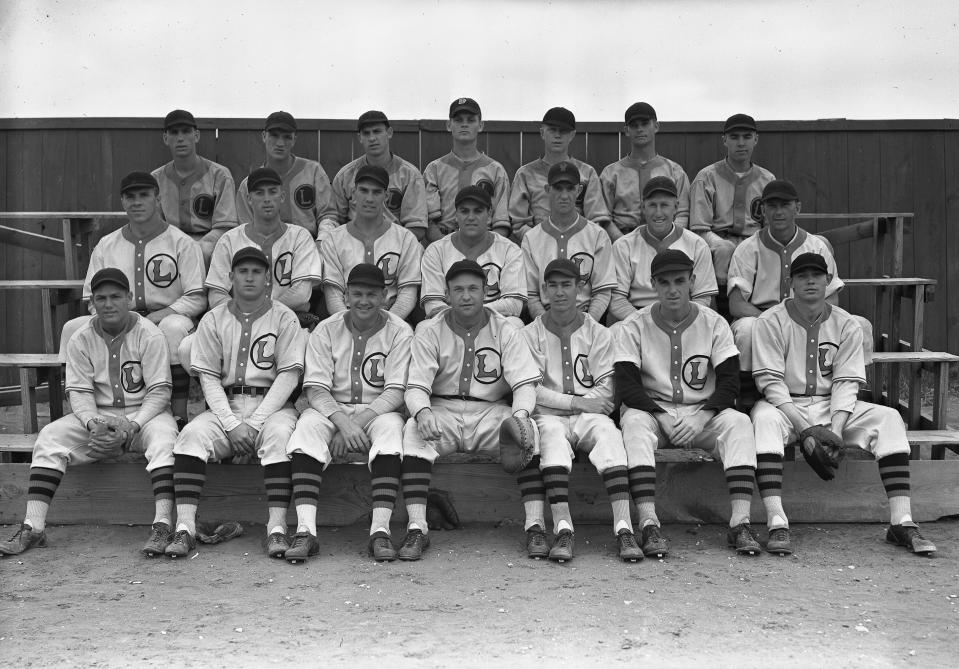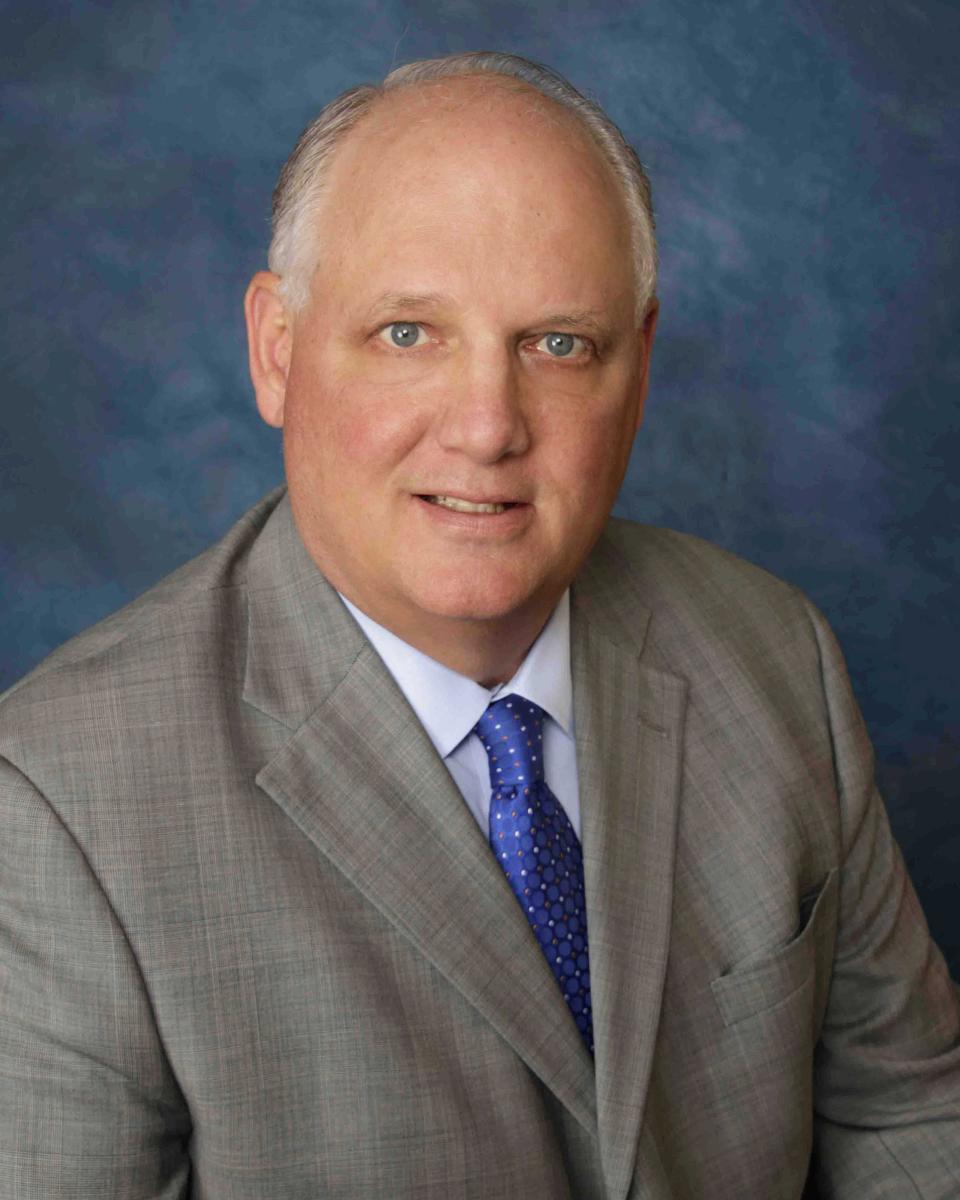Caprock Chronicles: Early Lubbock baseball, part three: The Black Hubbers
Editor’s Note: Jack Becker is the editor of Caprock Chronicles and is a Librarian Emeritus from Texas Tech University. He can be reached at jack.becker@ttu.edu. Today’s article about early Lubbock baseball is the last of a three-part series by frequent contributor Chuck Lanehart, Lubbock attorney and award-winning history writer.
“There’s not an American in this country free until every one of us is free.” — Jackie Robinson
The Black Hubbers, Lubbock’s first African-American semi-pro baseball team, were formed by Bob and Earl Johnson in the late 1920s. By the 1940s and 1950s, the team was described as “one of the most outstanding colored teams in Texas.” The team played many games against White clubs, but players and fans in the stands were segregated according to race. There was never a Lubbock Hubber player who was Black, there was never a Black Hubber who was Anglo (there were Hispanics on the team), and fans rarely sat beside another fan of a different race.

On Aug. 28, 1932, the Lubbock Avalanche-Journal (A-J) first reported on the Black Hubbers, who were to play an upcoming game against the Lubbock Rainbow, apparently a white team, at Merrill Park, home to the (white) Lubbock Hubbers. The article indicated the Black Hubbers had played the three previous seasons.
Unfortunately, a later mention of the Black Hubbers in the A-J—June 19 of 1938—was laced with racist language and described the segregation of “colored” fans. The article announced the day’s celebratory Juneteenth game between the white Hubbers and the Black Hubbers. “Local and visiting colored fans will occupy a special section of the grandstand, overflowing into bleachers probably, while the southern and middle sections will be reserved for white patrons, who know that it’s a big show when the d****** play ball. The D****** have won 10 out of 11 starts . . . “
The same article named early Black Hubbers players: T. Childress, A. Sedberry, C. Sedberry, Money C. Brown, J. Childress, and three players identified only by last names, Brown, Sparks and Jameson. On the mound, the starting pitcher would be Lefty Johnson or Speedball Bracey. (Players named Sedberry and Childress are also depicted in a 1950 Black Hubbers team photo.)

In “Remember When? A History of African Americans in Lubbock, Texas,” author Katie Parks described the memories of former Black Hubbers player D.C. Kinner, a third-baseman for the team starting in 1949. Kinner said only 15 men who loved the game comprised the Black Hubbers of his era. “Unlike the white Hubbers, the Black Hubbers did not receive a monthly salary and the team did not belong to an organized league.” He made $4 a game, but only if the overhead was covered by fan support at the gate. Otherwise, Kinner got nothing. But he said he would miss a meal to play ball.
“One time we played the Florida Cubans,” Kinner remembered. “I hit three home runs that night, and I think they poked about $30 through the fence.”
When funds were available for such luxuries, manager James Roy Lewis “dressed us up like a real team,” Kinner said. During one very successful season, the team was outfitted for two uniforms. Home duds were white with red numbers and blue and red stripes on the sides of the pants. Away uniforms were green with similar contrasts. Kinner said, “Some of the places that we went, people would think we were truly professional baseball players because of our uniforms.”
According to Black Hubbers players John Henry Childress, a pitcher, and James Cook, a first baseman, the team played all over the West Texas area, including games against the Lubbock (white) Hubbers. They said the competition was friendly with no major racial incidents.

Ramon Flores, father of current Lubbock County Commissioner Gilbert Flores, was a pitcher for the Black Hubbers in 1950. Gilbert’s father told him once when they played the White Hubbers, the Black team was ahead 9-0 at the end of the sixth inning when the White team quit and walked off the field. Ramon told his son the Black Hubbers were often “booed” by White fans.
In the later years of the Black Hubbers team, home games were played at the Lubbock Hubber’s venue, Hubber Field, located at the intersections of Baylor Street, Auburn Street and Clovis Road. Opponents included the Odessa Black Oilers, Midland Black Indians, Clovis Bombers, Slaton Lions, Lubbock Mexican Eagles, Waco Wolves, Wichita Falls Black Spudders, San Angelo Sheepherders and the Reese Air Force Base team.

An unusual game took place June 8, 1953, when the Black Hubbers met the A-J’s softball team, the Newsmen. “The Newsmen will throw softballs at the Black Hubbers and the Black Hubbs will pitch baseballs at the softballers,” reported the A-J. “Two different bases will be used. The Black Hubbers will run 60 feet as in regulation softball to each base while the Newsmen will run 90 feet as in regular baseball.” The Newsmen won 3-2 in extra innings.
The last mention of the Black Hubbers in the A-J was in July of 1956. Parks wrote, “Overall, the Black Hubbers . . . left a legacy for the young people through the efforts they made.”
This article originally appeared on Lubbock Avalanche-Journal: Caprock Chronicles: Early Lubbock baseball, part 3: The Black Hubbers

